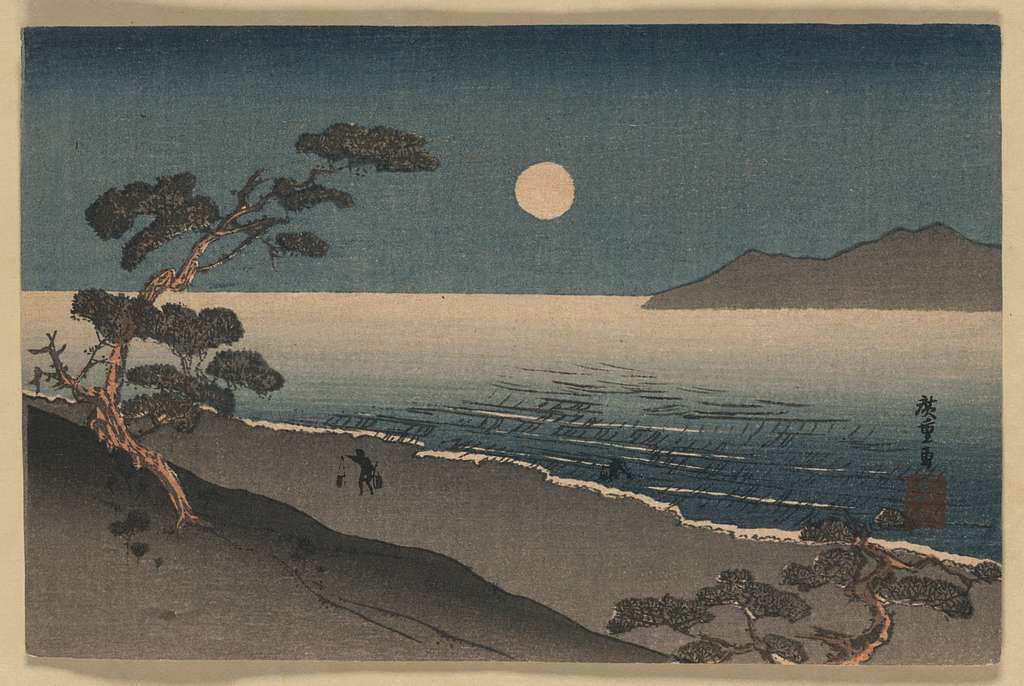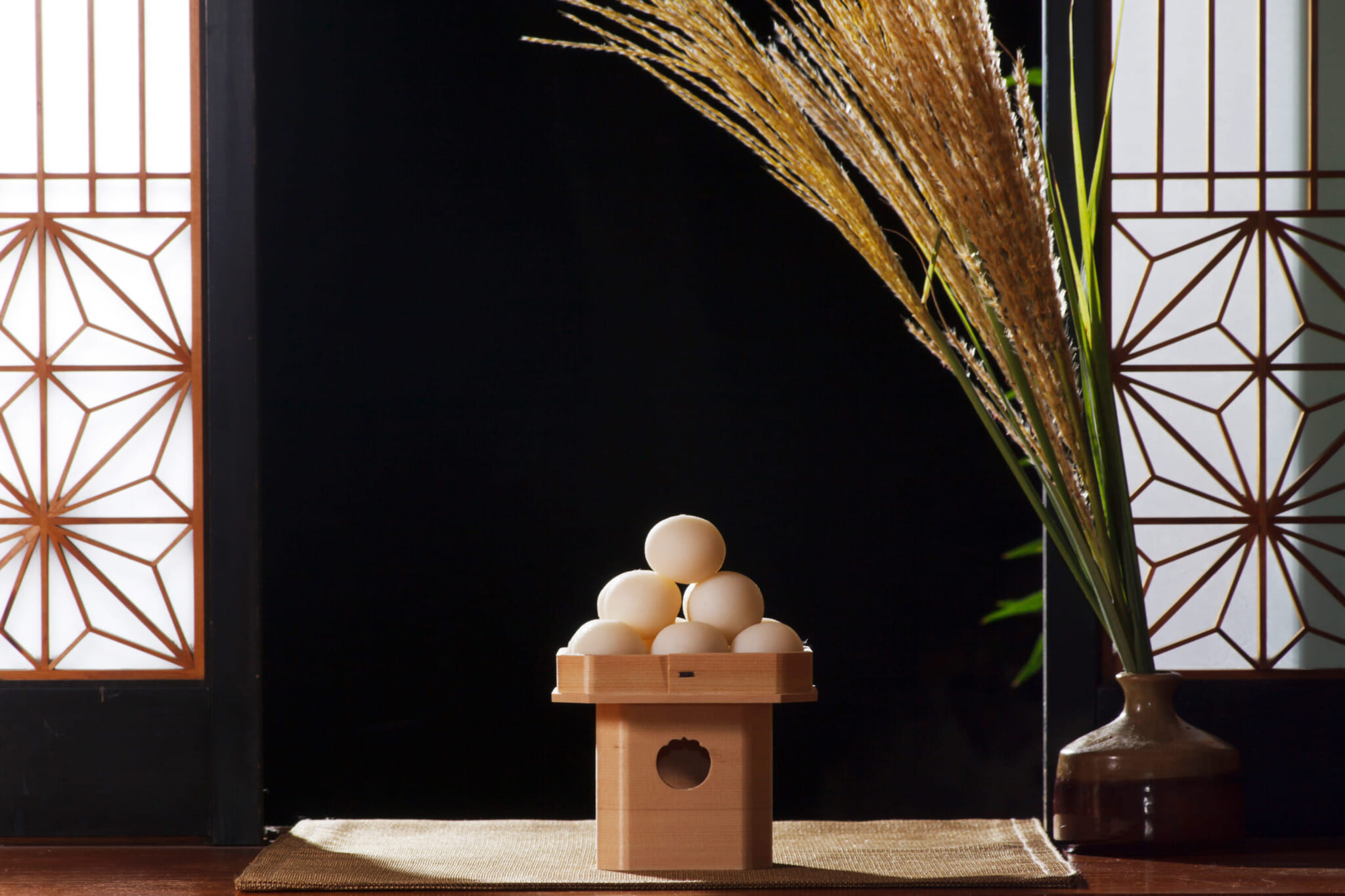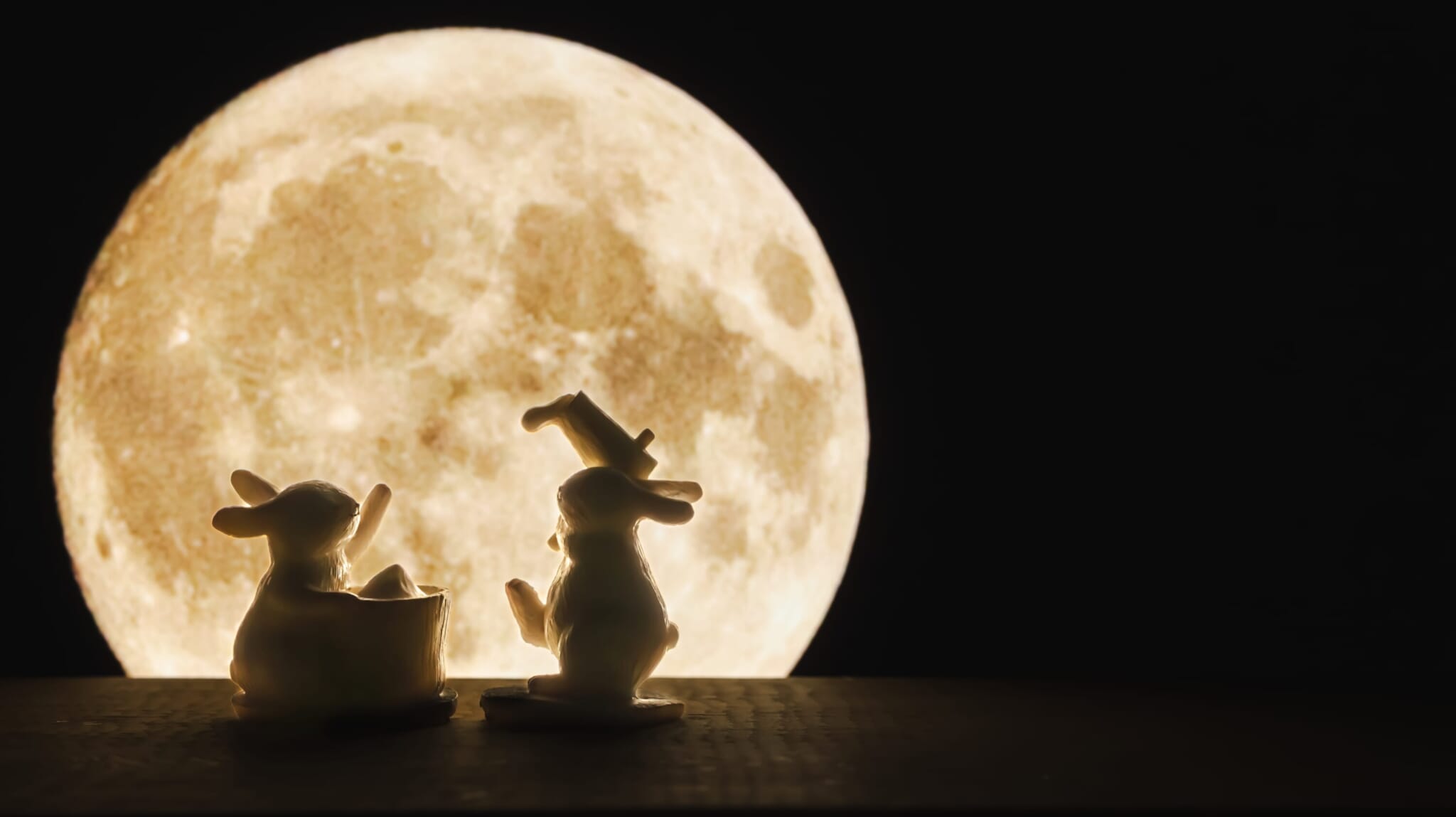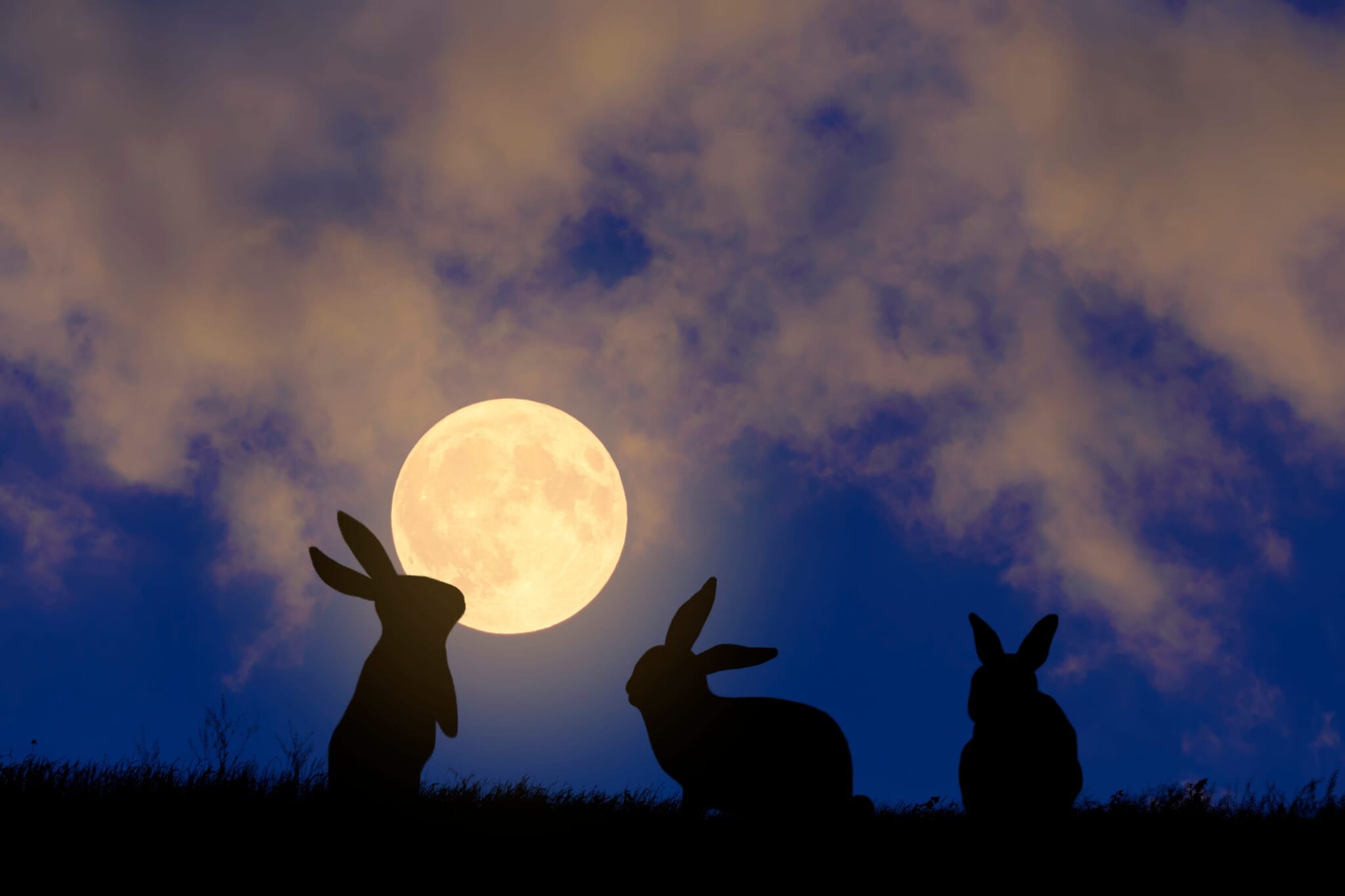The moon has captivated humans since the dawn of our existence, and Japan has partaken in lunar reverence for centuries. Japan’s tradition of tsukimi (or otsukimi), which literally means moon-viewing, commonly occurs during the full moon in September. People, often dressed in a yukata, gather at moon-viewing points, eat mochi and partake in all kinds of autumnal activity. The purpose of tsukimi is to show appreciation for the year’s harvest and to pray for a safe winter ahead. The custom of appreciating the otsukisama dates back over 1,000 years in Japan, and is still a thoroughly-enjoyed festival in Japan to welcome fall.

A Quick History of Tsukimi
The official celebration of tsukimi happens during the full moon in September. It became an official event during the Heian period (794–1185), when Japanese aristocrats were inspired by the Tang Dynasty’s moon-viewing customs. They would host moonlit parties with music and poetry, taking boats out at night to see the moon’s reflection on the water. During this time, tsukimi was held on the 13th night of the eighth month, the night of the full moon on the old lunar calendar.
Over time, tsukimi became popular with all kinds of people, not just aristocrats. Throughout the Edo period (1603–1868), the festival became linked with autumnal traditions like giving thanks for a good harvest and praying for another fruitful year ahead. As the calendar changed in 1683, the festival date moved to the 15th. Now, the festival’s date depends on the lunar calendar, but it usually happens in September, the best time to catch the full moon.

Symbolism of the Harvest Moon
The Rabbit
Many western countries say that there is a print of a man on the moon, but Japanese people grew up hearing that there are two rabbits pounding mochi on the moon. This mythology is also a play on words, as mochizuki is another word for full moon, but it also sounds like the phrase for pounding mochi. Rabbits are also considered to be creatures that ward off evil spirits, and a lot of rabbit imagery is used during tsukimi season festivities.
Mochi
Mochi is important during tsukimi for more than just being pounded by bunnies on the moon. Mochi is made from rice, and tsukimi’s harvest season largely celebrates Japan’s rice harvesting tradition. Mochi is made into round balls called tsukimi-dango that are stacked on top of each other as an offering to the gods.
Susuki
Plumes of susuki grass, or pampas grass, are also used for decoration during tsukimi. Turning a beautiful pale gold during autumn, they are often set alongside tsukimi-dango because of their resemblance to the rice plant.
Egg
Eggs are used in a lot of dishes eaten during tsukimi because of their resemblance to the moon. For example, udon with an egg yolk on top is called tsukimi udon because of the golden circle that adds both flavor and an aesthetic appeal.

How To Celebrate Tsukimi
There are many ways to enjoy tsukimi. Many restaurants serve dishes using seasonal ingredients and moon or rabbit-themed foods to get in the spirit of autumnal moon-viewing. Tokyo Tower and Tokyo Skytree often have special light-up events for tsukimi, and there are special ceremonies at a lot of major shrines.
To celebrate tsukimi, though, all you truly need is the full moon and a pair of eyes. Grab some mochi and your favorite people and look up – you’re already celebrating tsukimi.
For a complete guide on the best places to enjoy tsukimi in Japan, check out our guide here.
Related Posts
- Japan Autumn Leaves Forecast 2024: The Best Times To View Fall Foliage
- Autumn Haiku Picks From Japan’s Poetry Tradition
- Full Moon Rabbit: The Azuki-bean Craft Beer Born from Crisis
Updated On September 13, 2024









